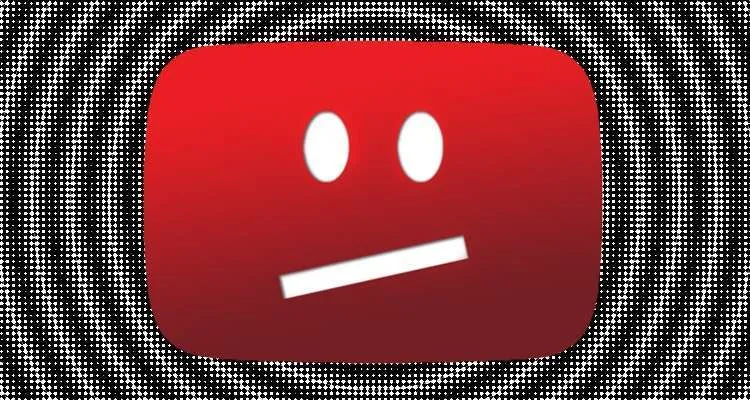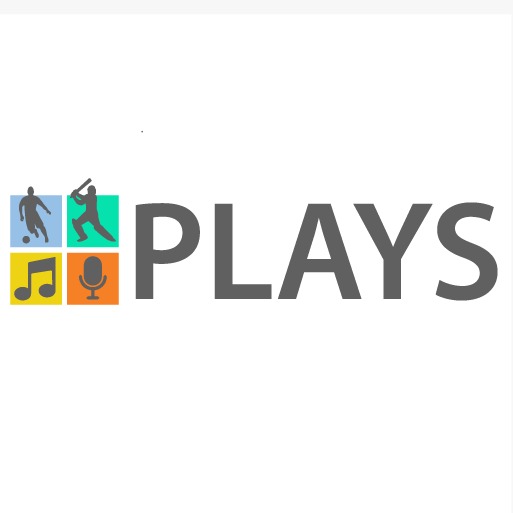When you upload a video to YouTube, you grant YouTube a worldwide, non-exclusive, royalty-free, sublicensable license to use, reproduce, communicate to the public (including performing and displaying your videos), distribute your videos, and make derivative works of them. This means that while you still own the copyright to your video, YouTube can use it in certain ways without getting your further permission. One way they might do this is by running ads on or alongside your video.
When it comes to copyright law, there is a lot of confusion about what is considered fair use. Fair use is a legal doctrine that allows for the limited use of copyrighted material without obtaining permission from the copyright holder. In order to determine whether or not a particular use is considered fair use, courts will look at four factors:
1) The purpose and character of the use, including whether it is for commercial or non-commercial purposes;
2) The nature of the copyrighted work;
3) The amount and substantiality of the portion used in relation to the copyrighted work as a whole; and
4) The effect of the use on the potential market for or value of the copyrighted work.
Fair Use – Copyright on YouTube
How Do You Avoid Copyright on Youtube Fair Use?
There are a few ways to avoid copyright on YouTube when using fair use. The first is to use content that is not copyrighted or that you have the rights to. This includes using public domain materials, Creative Commons-licensed materials, or original content that you have created yourself.
Another way to avoid copyright infringement is to use a small amount of copyrighted material in your video (known as “transformative Fair Use”). This means that you are using the material in a new and different way than the original creator intended, and that your use of the material is not substituting for the original work. Finally, you can also get permission from the copyright holder to use their work in your video.
If you do any of these things, you should be safe from copyright infringement on YouTube.
How Many Seconds is Fair Use on Youtube?
When it comes to YouTube and copyright law, the general rule is that you can use up to 30 seconds of copyrighted material without infringing on the owner’s rights. This is known as “fair use.”
However, there are a few caveats to this rule.
First, your use of the copyrighted material must be for a legitimate purpose, such as criticism, commentary, news reporting, or teaching. Additionally, your use of the material must not have a negative impact on the copyright owner’s ability to profit from their work.
So, if you’re planning on using any copyrighted material in your YouTube videos, make sure that you’re doing so within the bounds of fair use.
Otherwise, you could find yourself in hot water with both YouTube and the copyright holder.
Are Youtube Videos Considered Fair Use?
There is a lot of debate surrounding the idea of fair use and YouTube videos. Some people argue that YouTube videos are protected under fair use laws, while others contend that they are not.
Let’s take a closer look at the concept of fair use and how it applies to YouTube videos.
Fair use is a legal doctrine that allows for the limited use of copyrighted material without obtaining permission from the copyright holder. In order to qualify as fair use, the material must be used for a specific purpose, such as criticism, commentary, news reporting, or teaching. Additionally, the amount of material used must be considered reasonable in relation to the purpose for which it is being used.
So, what does this mean for YouTube videos? Well, it depends on each individual video. Some videos may fall under fair use because they are being used for commentary or criticism.
However, other videos may not qualify as they may be using too much copyrighted material or they might not be considered reasonable in relation to their purpose. Ultimately, it is up to a court to decide whether or not a particular video qualifies as fair use.

Credit: www.digitalmusicnews.com
Youtube Fair Use Disclaimer
If you’re like many people, you probably watch a lot of YouTube videos. And if you’re like many people, you probably don’t think much about the copyright implications of doing so. After all, YouTube is a huge platform with tons of user-generated content – how could it possibly be infringing on anyone’s copyright?
Well, it turns out that YouTube’s massive popularity means that it regularly runs into issues with copyrighted material. In order to stay on the right side of the law, YouTube has a Fair Use Disclaimer that users need to be aware of.
Basically, the Fair Use Disclaimer allows YouTube to use copyrighted material in certain circumstances without infringing on the copyright holder’s rights.
These circumstances are typically when the use is for criticism, commentary, news reporting, teaching, scholarship, or research.
However, just because something falls under one of these categories doesn’t mean that YouTube can use it without permission. There are other factors to consider as well, such as whether or not the use is transformative and whether or not it will have an impact on the market for the original work.
So if you’re ever wondering whether or not a particular YouTube video is infringing on someone’s copyright, you can always check out the Fair Use Disclaimer. It may not give you a definitive answer, but it’ll at least give you some food for thought!
Conclusion
It’s no secret that YouTube is a powerful platform with billions of users. But how does copyright law work on YouTube? Is it really as simple as just uploading your favorite song or movie and racking up the views?
The short answer is: no, it’s not that simple. Copyright law can be pretty complicated, but there are some basics everyone should know about before they start posting videos on YouTube.
First and foremost, YouTube is a US-based company, so all of its content is governed by US copyright law.
That means that if you live in another country, you may still be subject to your own country’s copyright laws. So if you’re unsure about whether something you want to post on YouTube is copyrighted or not, it’s always best to err on the side of caution and get permission from the copyright holder before posting anything.
Now let’s talk about Fair Use.
Fair Use is a legal doctrine that allows people to use copyrighted material for certain purposes without getting permission from the copyright holder. For example, Fair Use allows people to use copyrighted material for the purpose of criticism, commentary, news reporting, teaching, scholarship, or research. In order to qualify as a Fair Use, though, the use of the copyrighted material must be considered “transformative.”
That means that it must add something new or different to the original work – simply using someone else’s work verbatim will not usually qualify as a Fair Use. Additionally, courts will often consider factors like how much of the original work was used and what effect using the copyrighted material had on its market value when determining whether or not something qualifies as a Fair Use. There are no hard and fast rules here – every case is decided on its own merits – but these are some general guidelines to keep in mind.
So what does all this mean for YouTubers? Well, if you’re using someone else’s copyrighted material in your video (like a clip from a movie or TV show), you need to make sure that your use qualifies as a Fair Use before uploading it. If you’re not sure whether your use qualifies as a Fair Use or not, there are plenty of resources available online (like this one) that can help you make an informed decision.
And remember: if in doubt, always err on the side of caution and get permission from the copyright holder before posting anything on YouTube!
